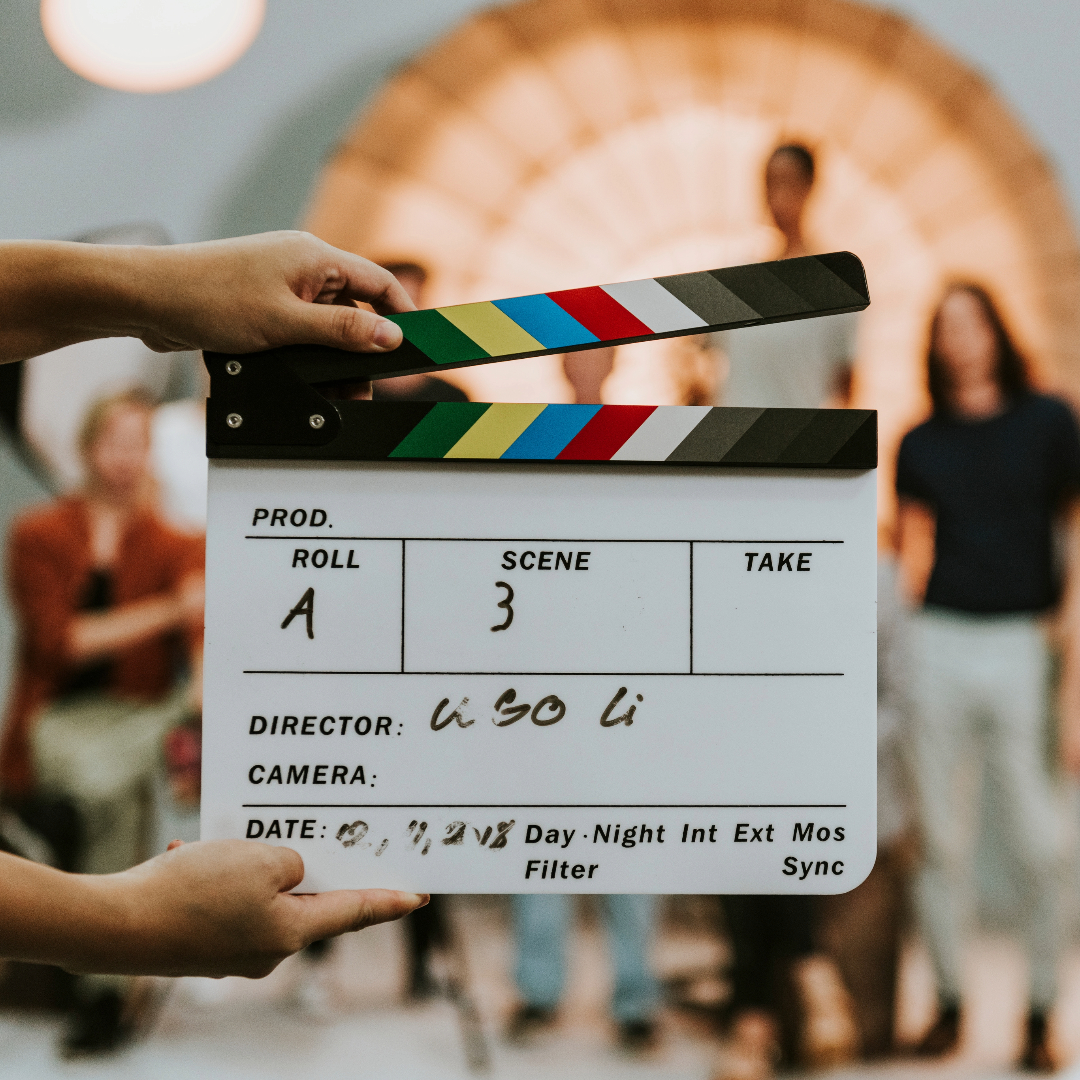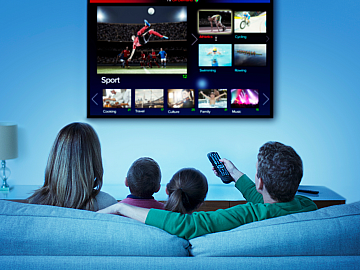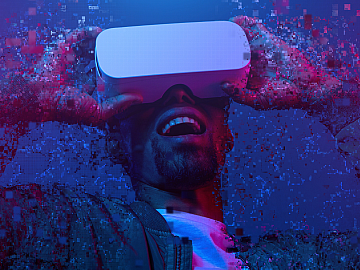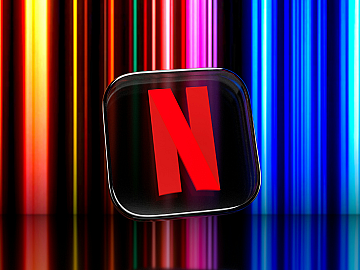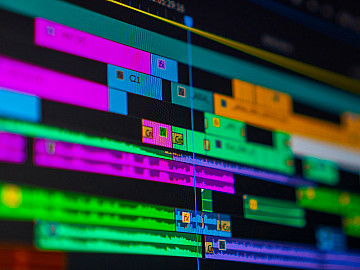The film production process is incredibly exciting for a budding filmmaker but can also be pretty daunting without years of experience!
The planning stage of any film project requires getting the details right to ensure a smooth process without delays in the schedule. But don’t worry—we’ve compiled a beginner’s guide to film production to help you get all the essentials together and ready for your shoot.
From scripts to software, call sheets to cameras, let’s discover the essentials of filmmaking.
Ideation and Planning in Filmmaking
Film production starts with the ideation and planning process. Filmmakers create a script to iron out the story, storyboard the narrative to determine what will be seen, hire the cast and crew to bring the production to life, and scout locations for the film shoot.
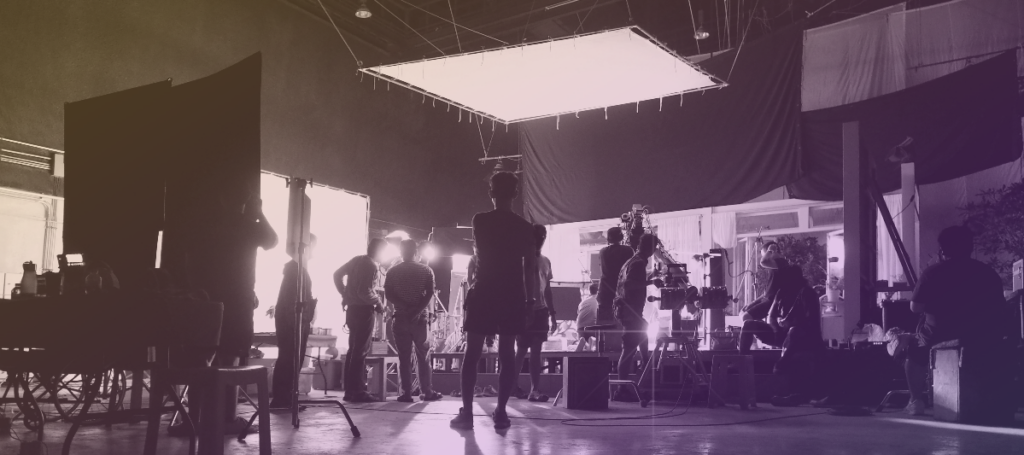
Script
The script is the backbone of your film. It outlines the dialogue, scenes, and the general flow of your narrative. Getting this stage right is essential, as everything else down the line will be based on this step.
Storyboard
The storyboard is the visual representation of how the script progresses, scene by scene. This step is the transition between having a story that reads well and having a story that looks good, helping to plan the shots, transitions, locations, and how the film should be… well… filmed.
Cast and Crew
Getting the right team on board is essential to the success of your film.
Choose live-action actors that fit your characters and consider the chemistry between them with screen tests. You may also need voice actors for narration, background voices when using ADR in film, or any non-visual audio, such as phone calls and radio broadcasts.
As for the film crew, depending on the size of your production, you’ll likely need a director, cinematographer, camera operator, grip, boom operator, editor, sound mixer, production designer, costume designer and makeup artist. This list is just the essentials, but there are many more professionals that may be necessary for your project, including casting directors, script supervisors, and catering.
Locations
You need to find indoor and outdoor locations that suit the mood and tone of your film. Scout different locations to find places that align with the story and secure any necessary permits ready for the shoot.
Pre-Production Paperwork
Another key stage in the film production process is the pre-production paperwork, which includes the story treatment, script breakdown, budget template and character profile.
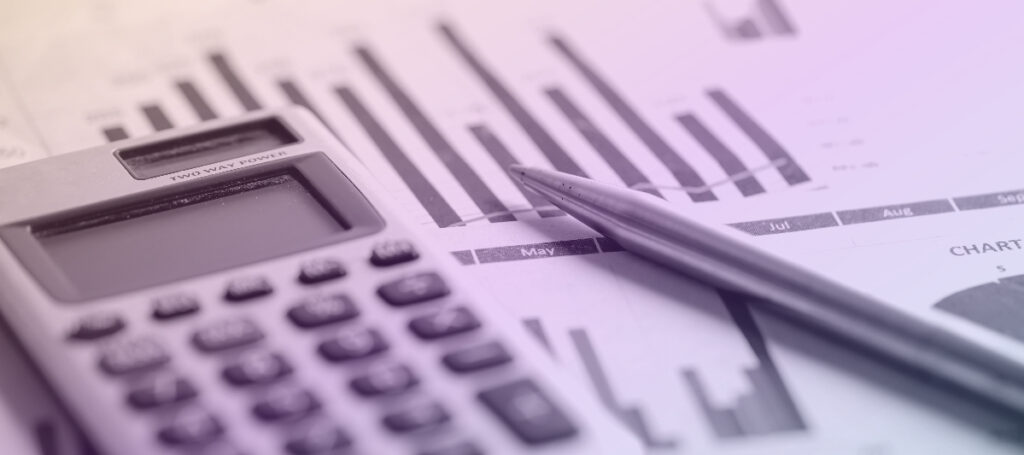
Story treatment
The story treatment is a detailed summary of the film. It provides a general overview of the plot, characters, and key events for reference of the cast and crew.
Script breakdown
Once the script is finalised, you need to create a script breakdown. Doing this identifies certain elements required for each scene, such as costumes, props and special effects that are added in post-production. This will help ensure the shoots go smoothly and every element of production is ready for filming on the day.
Budget template
To keep your budget on track, it’s essential to create a budget template that accounts for the entire film production process, all the way from pre-production to post-production.
Character profile
Write a detailed character profile for each major character in your film (and for the minor ones, if you like). The profile should outline their background, what motivates them and their story arc. This will serve as a useful reference for your actors, helping them get into character when the shoot begins.
Call sheet
For shoots with a large cast and crew, you’re going to need call sheets. Once you’ve planned out the shoot schedules, you’ll need to create daily call sheets to outline important information such as the scenes shooting that day, the location, cast and crew call times and any other requirements such as props.
Essential Filmmaking Equipment
Now that you’ve solidified your ideas and you’re deep into the planning process, it’s time to get equipment together so everything is in place and ready for the shoot.
This list should be played by ear, as some productions will require different equipment from others.
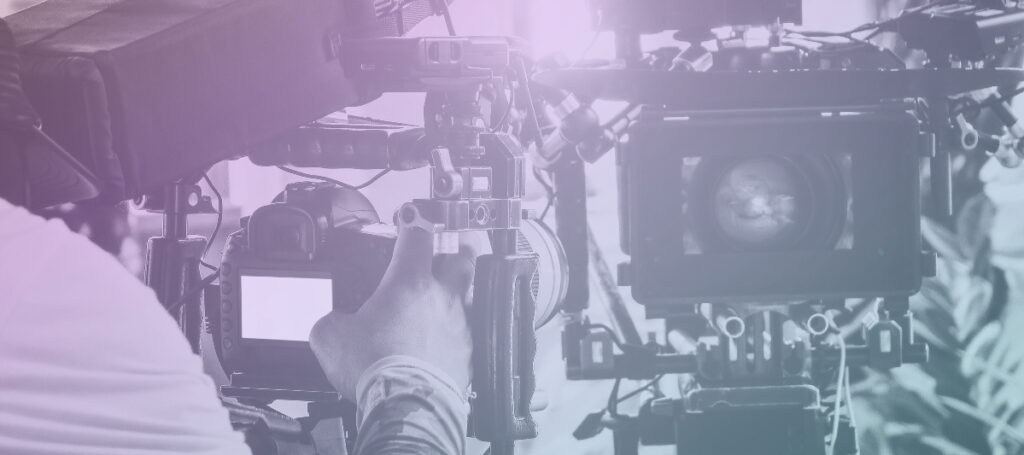
Camera
Choose a camera that aligns with your production’s needs and budget. If you’re shooting an indie film or a promotional video for your company, you could even shoot on an iPhone!
Lenses
If you’re working with a camera, you might need some extra lenses to capture different shots. As a beginner, you’ll likely need a wide-angle, zoom and potentially a macro lens for your shoot.
Tripod
A tripod provides much-needed stability. It’s a good idea to invest in a fluid-head tripod for smooth panning and tilting.
Gimbal
A gimbal ensures your camera is stable, allowing for smoother movement to make dynamic shots work. They’re a vital tool for tracking shots or scenes with plenty of action!
Editing Apps & Software
If you’re on a relatively tight budget, you’ll likely work with an editing app like Adobe Premiere Pro or Final Cut Pro to bring your film to life.
Lighting
You’re going to need a variety of lighting options, including but not limited to softboxes, reflectors, light stands and gels.
Microphones
To ensure live-action dialogue is picked up, you’ll need shotgun microphones that capture sound from specific directions and lavalier microphones that are attached to the actor.
If your production requires the talent of voice actors, then a recording studio space with a microphone and acoustic treatment will also be necessary. Alternatively, you can book a studio space if you only need a minimal amount of voice work.
ADR equipment
During the post-production process, it’s likely that you’ll have to bring your actors in to do voiceovers or Automated Dialogue Replacement (ADR). For this, you’ll need various equipment, including noise-cancelling headphones, audio recording software, microphones, interfaces to adjust audio levels and a video monitor for the actor to view their original performance.
In Summary: Film Production Essentials
Film production is far from easy, but it’s undoubtedly rewarding. The process requires careful planning, the right cast and crew and suitable equipment to ensure your vision comes to life on screen.
The production process comes in many shapes and sizes; not every entry on these lists will be necessary for your project, but this should give a rough idea of what equipment the average film production will need to consider.
We wish you the best of luck!
Cast Voice Actors for Your Film
Sometimes we include links to online retail stores such as Amazon. As an Amazon Associate, if you click on a link and make a
purchase, we may receive a small commission at no additional cost to you.

